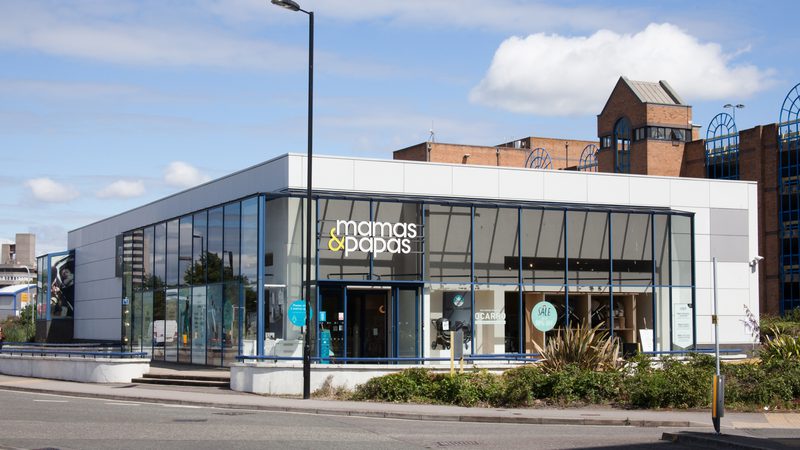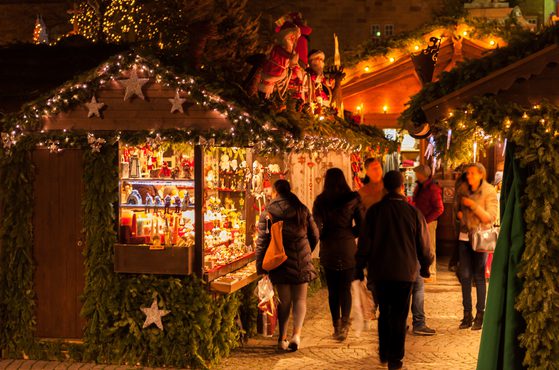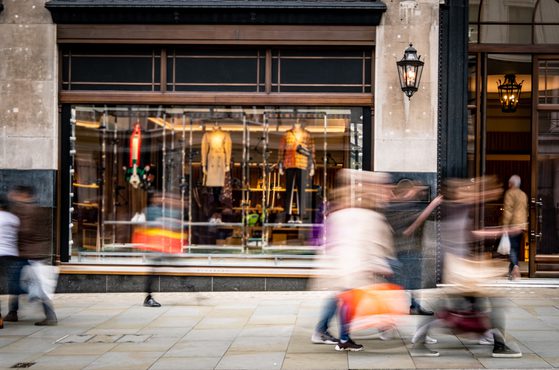Retail’s battle with ‘dupe’ culture — how brands like Lululemon are fighting back

We explore recent examples of how brands are responding to dupe culture and outline practical steps that retail businesses can take to protect their brand.
Read more
We make the difference. Talk to us: 0333 004 4488 | hello@brabners.com
AuthorsHelena Davies
5 min read

ESG is a hugely important component of why Mamas & Papas exists.
If you think about who our customers are and who we serve it is all about future generations. As a business we have a great responsibility to do what we can today to protect the future of the planet for the future generations of customers that we serve. I think we are uniquely placed to focus on that and make it an important part what we are and who we are as a brand.
When we started our ESG journey in earnest, we had to look at it in a couple of different ways. We broke our priorities down into four key pillars: our customers, our community and the community around us, our people and the environment and product. Breaking it down into those four key pillars allows us to give real focus to each one. They are all equally as important, but the pillars help us to clearly show what actions we will take for each area. Under each pillar, we define our key goals and targets.
To effectively communicate what we are doing, we have representatives from all areas of our business who work with our ESG group. These representatives can then communicate what the group is doing through their team meetings. We also have ESG days in our head office - the second took place in October - where we invite key partners to come in and talk about all the things that they are doing. Our store colleagues come up, as well as all head office colleagues, so they all understand what’s going on.
At Board level, we now have an ESG agenda point in every Board meeting. We communicate openly, and I often email the business about key things we have done with partners such as Oxfam. It’s rewarding to see ESG becoming business as usual and becoming embedded in every level of the business.
The biggest challenge for retailers starting out on their ESG journey is that it covers so much: packaging, products emissions, people and more. There is a lot to understand, so it can be quite overwhelming. The key is to break it down into smaller chunks, ones that align to your business values and purpose, and just start the journey. In recent times, with the current cost of living crisis, businesses are feeling squeezed. Investing in something that might need to be done, and investing cash, could prove a challenge in the current climate, but you have just got to start the journey as consumers expect this from the brands they buy. Then you can build momentum.
We think about ESG in our product design from three different angles. From our own brand point of view, it is about product sustainability and longevity, by reducing the amount of consumption. From a branding point of view, it is about us launching more eco-friendly and sustainable brands. The final piece of the jigsaw is that we use partnerships such as Oxfam to support our circularity initiative on soft goods.
To extend the life cycle of hard products such as pushchairs, we have just launched a refurbed option where we refurbish pushchairs to resell. We have also launched a service and a valet proposition, where a customer can bring a pushchair back and we will service it in our own service centre to extend the life of that product, whether it is for second child or for them to sell on as second hand.
From a clothing point of view, we focus on circularity and ensuring that nothing goes to landfill. Our partnership with Oxfam is the key enabler to that. Customers can bring clothing back, and we donate it to Oxfam, where they filter it so that items can either be sold to raise funds for the fight against global poverty, or they can be mechanically broken down and recycled into mattresses or underlay. The rest is incinerated, so zero per cent goes to landfill.
Our first step within our physical stores was to look at where we had opportunities to reduce our emissions. A key initiative to reduce emissions from our warehouse operations is our 'dropship' scheme. Instead of brands delivering their products into our warehouse for us to deliver to the customer, we take the order and arrange for the brand to deliver straight to the customer. This cuts out a huge element within the supply chain, reducing the need to move goods around the country, and really helps to reduce emissions and our carbon footprint.
One of the key objectives under our Community ESG pillar is to make sure that all aspects of society have access to essential nursery products. In order to do this, we’ve partnered with Baby Basics, which is a national baby bank charity. Over the past two years, we have donated more than 20,000 units of clothing to them.

We explore recent examples of how brands are responding to dupe culture and outline practical steps that retail businesses can take to protect their brand.
Read more

We explore safety considerations around Christmas markets and outline practical steps to comply with relevant safety legislation.
Read more

We explore what the English Devolution and Community Empowerment Bill means in practice and how its reforms may affect both retail tenants and landlords.
Read more